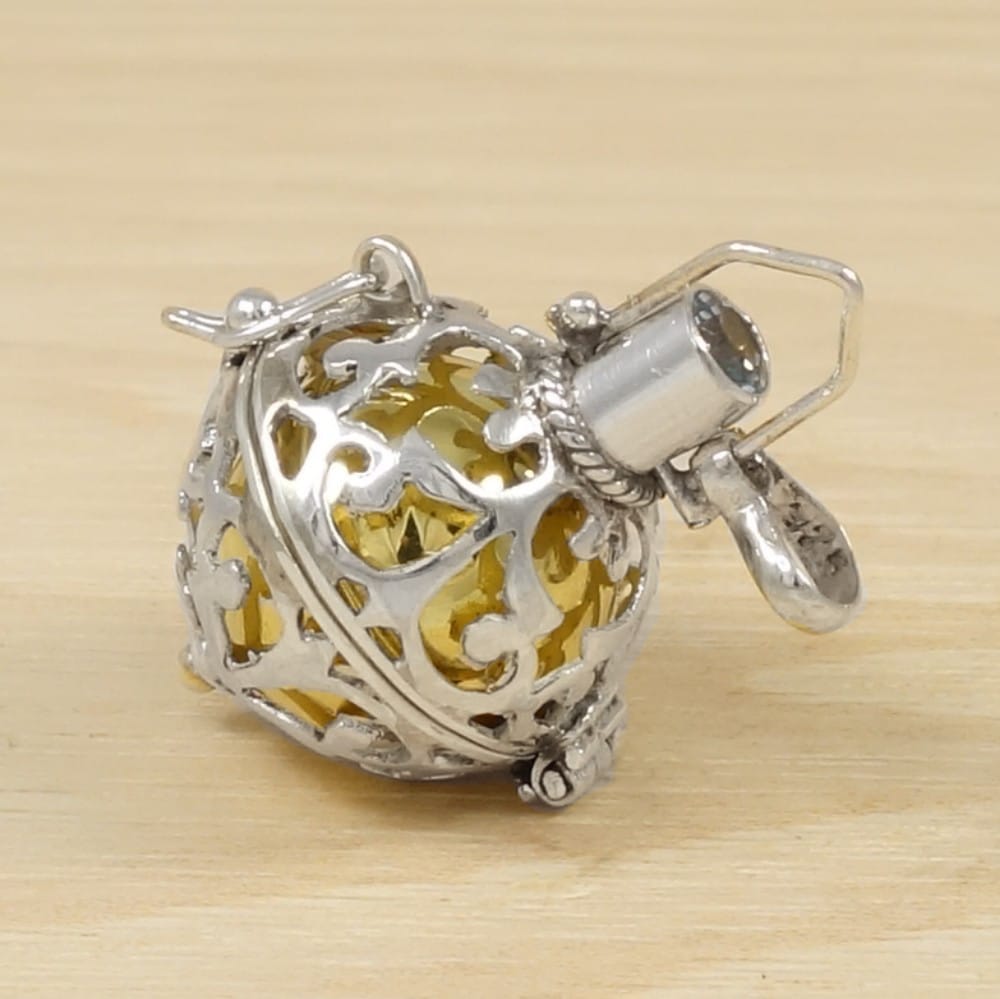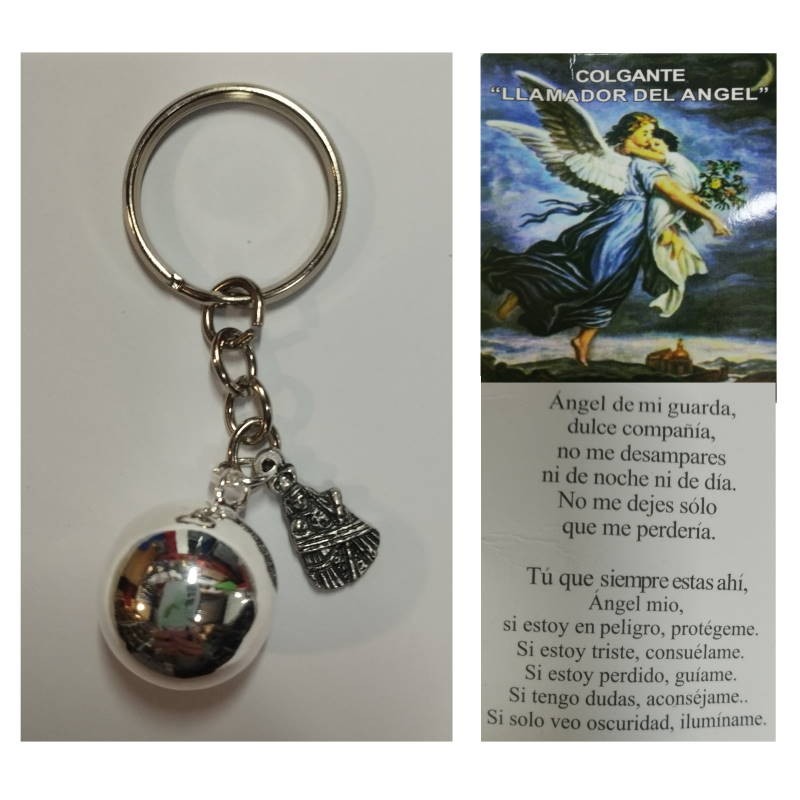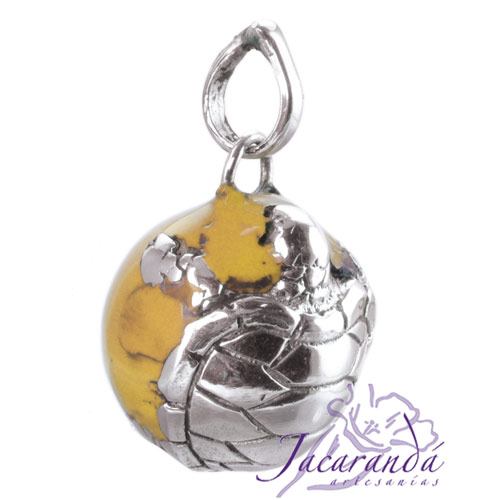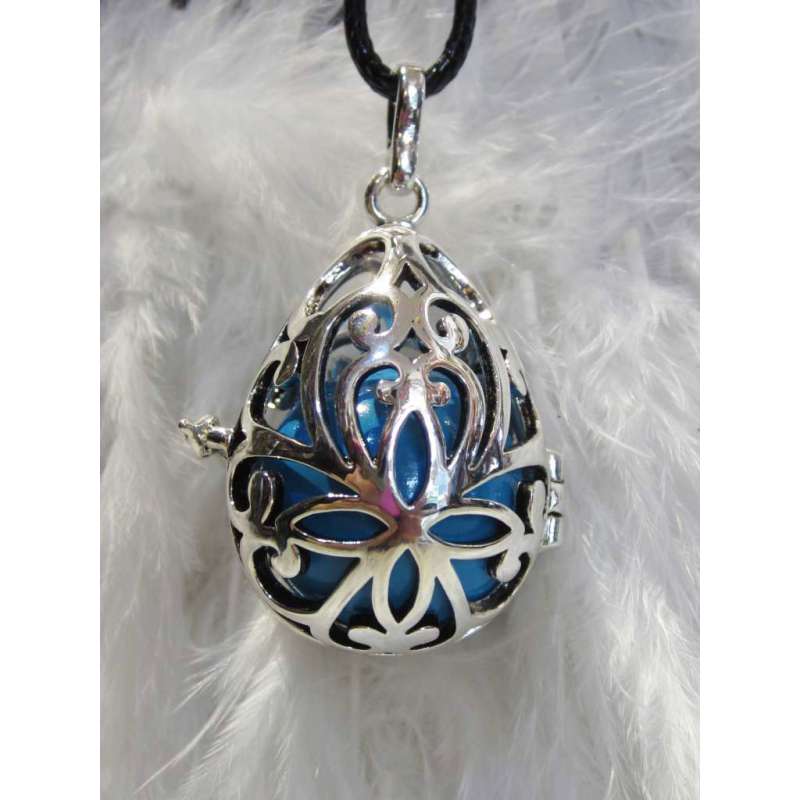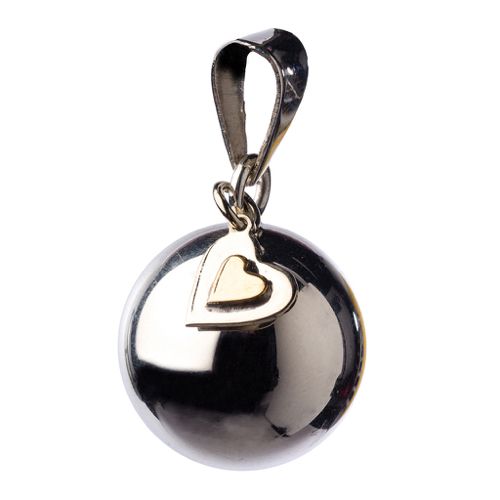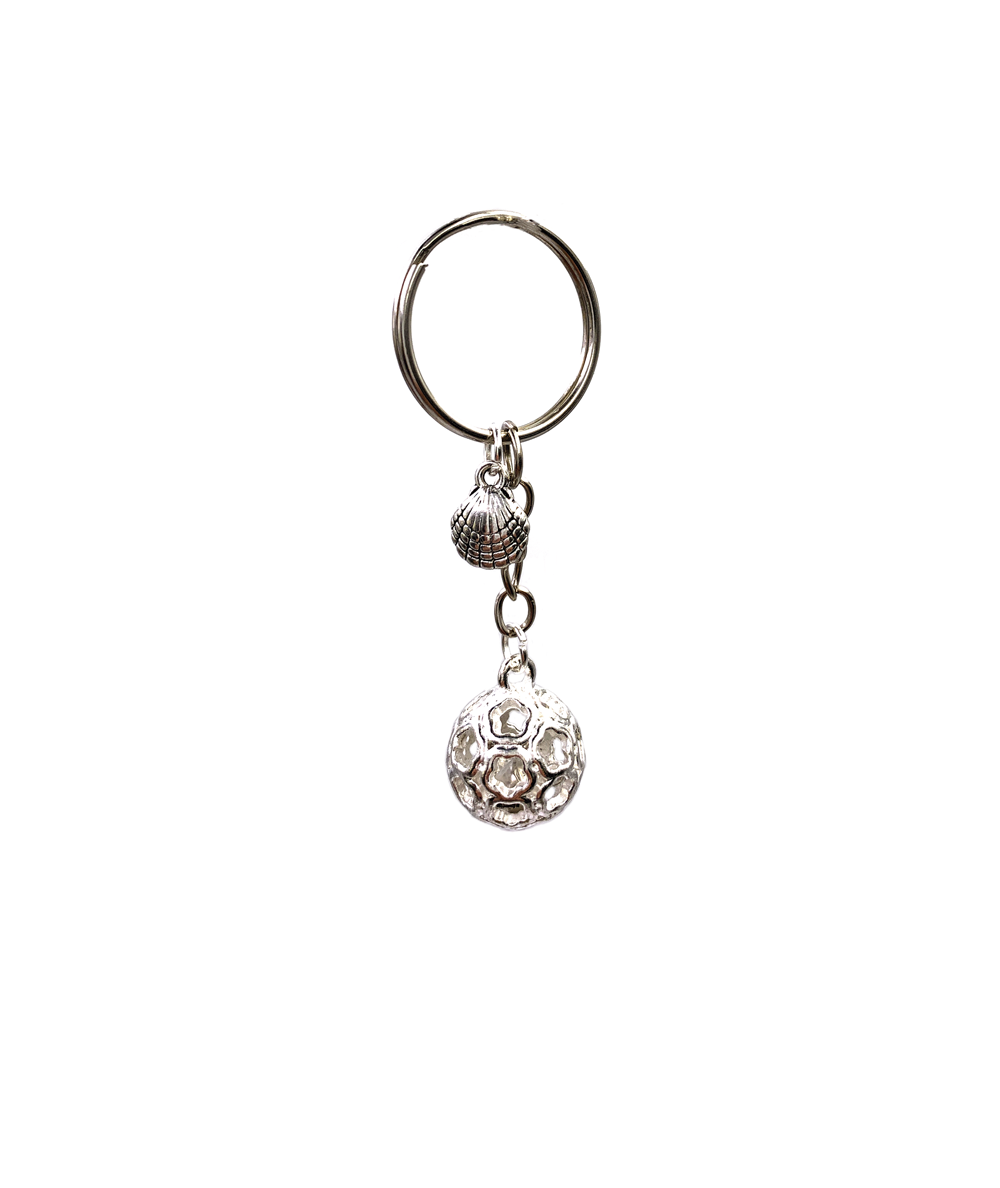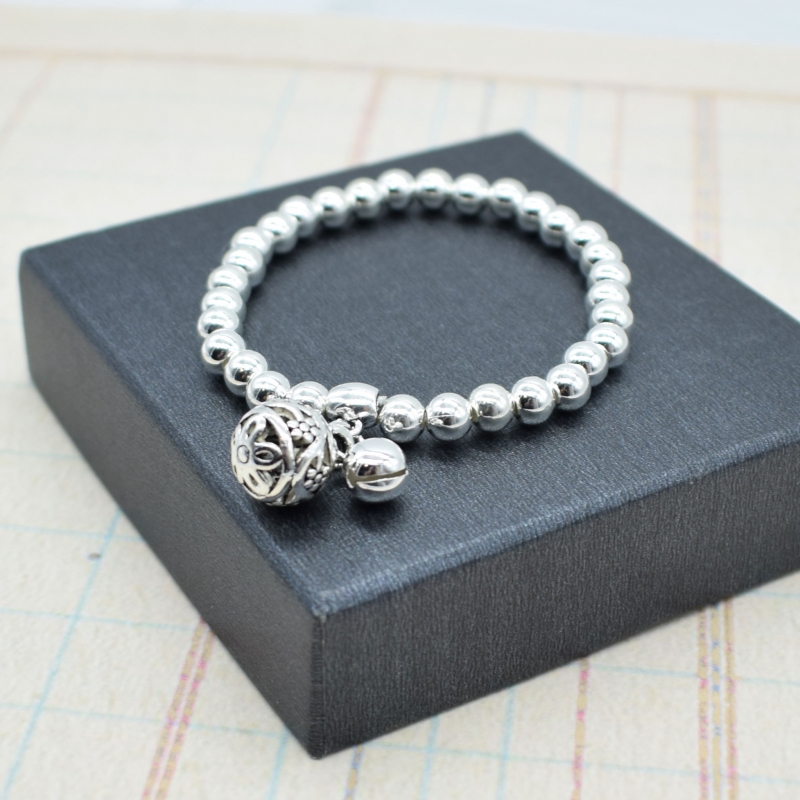
Pulsera de la suerte llamador de angeles con cascabel llamadora de color plata elastica - BisuteriaDeModa.es

Llavero llamador de angeles porta fotos comprar a buen precio — entrega gratuita, reseñas reales con fotos — Joom

Llavero llamador de angeles porta fotos comprar a buen precio — entrega gratuita, reseñas reales con fotos — Joom

